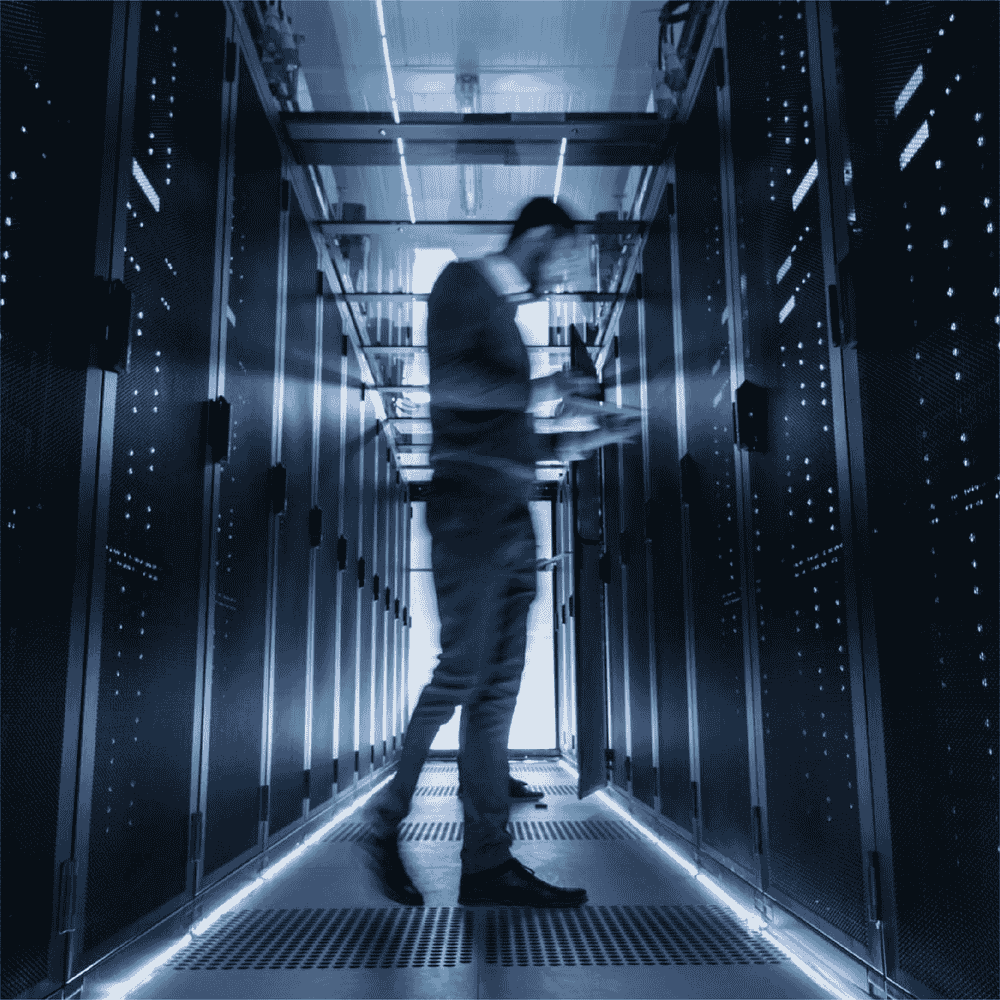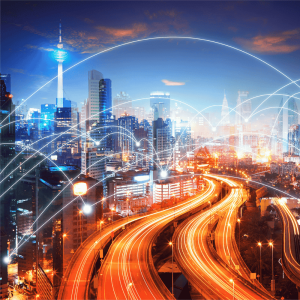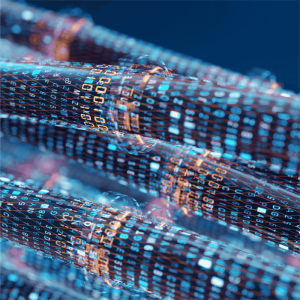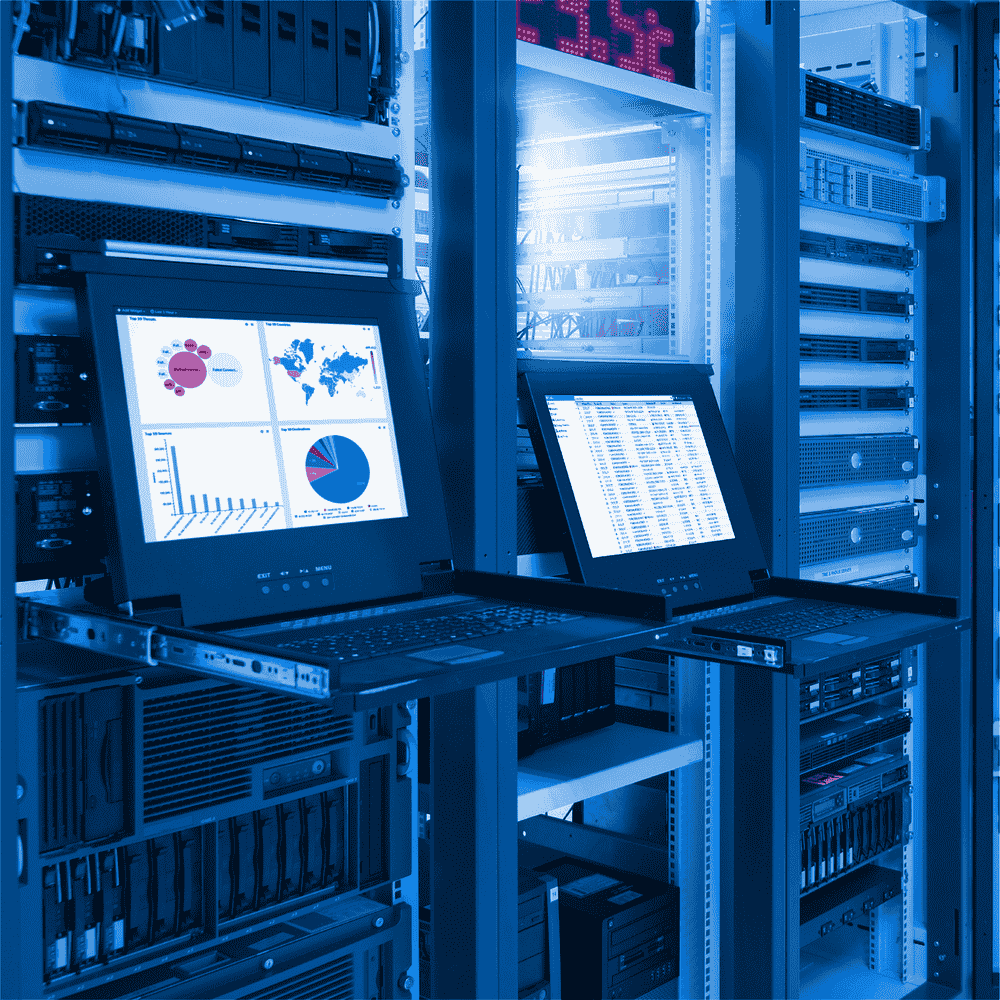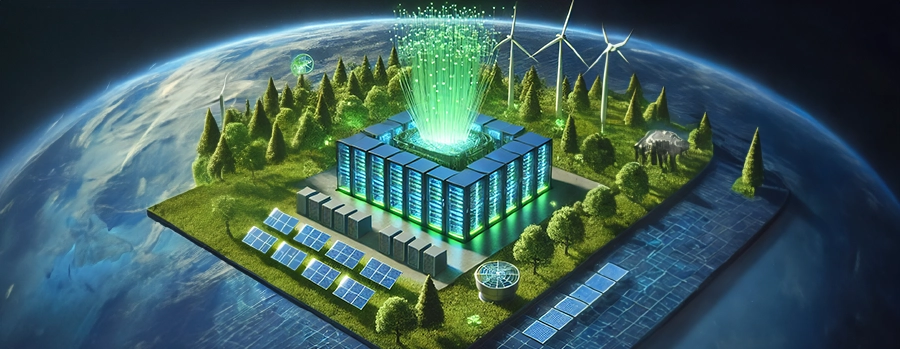Fiber Optic Solutions for Sustainable Data Centers
With the rapid increase in digitalization, data centers have become one of the most critical infrastructures of the modern world. Data centers process and store huge amounts of data in the background of the internet, cloud services, IoT (Internet of Things) and other digital solutions. However, the operation of these data centers consumes a large amount of energy and creates an environmental impact. Therefore, achieving the sustainability goals of data centers is now critical in terms of both the environment and operating costs. This is where fiber optic solutions come into play.
Fiber optic technology plays an important role in the construction of sustainable data centers, offering energy efficiency, high performance, low carbon footprint and long-lasting infrastructures. So how do fiber optic solutions contribute to the sustainability of data centers?
Sustainability Issue of Data Centers
Data centers consume a large amount of energy due to constantly running servers and cooling systems. This energy requirement both increases costs and has a serious environmental impact. High energy consumption is one of the factors that increase the carbon footprint of data centers. At this point, it becomes necessary to look for new ways to develop sustainable solutions.
Many businesses prefer fiber optic technology to reduce the environmental impact of data centers and increase energy efficiency. Fiber optic cables play an important role in achieving these goals by being both energy efficient and offering high performance in data transmission.
Sustainability Advantages of Fiber Optic Technology
1. Energy Efficiency
Fiber optic cables work with light signals instead of electrical signals. This consumes much less energy than traditional systems that transmit electrical signals, such as copper cables. Data transmission with light signals minimizes energy loss, which reduces the overall energy consumption of data centers. Less energy consumption not only reduces costs, but also contributes to the reduction of carbon emissions.
2. High Performance and Low Energy Consumption
Fiber optic cables can transmit data at high speed and with wide bandwidth. This means that large amounts of data can be carried while consuming less energy. High-speed data transmission allows data centers to perform more operations at the same time with low energy. This high efficiency is one of the most important factors of sustainability.
3. Durability and Longevity
Fiber optic cables are extremely resistant to environmental effects and electromagnetic interference. Unlike copper cables, fiber optic cables wear out less and have a long life. This means that cables in data centers need to be replaced less frequently. Durable infrastructures reduce maintenance and renewal costs while also requiring less resource consumption, which is a great advantage in terms of sustainability goals.
4. Low Carbon Footprint
Traditional copper cables used in data centers lead to more carbon emissions during energy consumption and production processes. However, fiber optic cables have a lower carbon footprint both in production processes and throughout their lifespan. Light-based data transmission minimizes environmental impact by using less energy.
5. Less Cooling Needed
Fiber optic cables do not heat up like copper cables and therefore do not require additional cooling. Cooling systems in data centers are usually large energy-consuming equipment. Thanks to fiber optic infrastructures, less cooling is needed in data centers. This makes a significant contribution to energy saving and achieving sustainability goals.
Sustainable Data Centers: The Future with Fiber Optic
The future of data centers is to achieve sustainability goals by reducing their environmental impact. Fiber optic technology plays a key role in this transformation, standing out as an infrastructure solution that provides energy efficiency and offers high performance. So how do fiber optic solutions contribute to sustainable data centers?
1. Integration with Green Energy
Many data centers are turning to renewable energy sources. Green energy solutions such as wind, solar and hydroelectric are used to meet the energy needs of data centers. Fiber optic technology is perfectly compatible with these green energy sources. Thanks to low energy consumption, renewable energy sources can be used more efficiently.
2. Modular Data Centers
The data centers of the future are being built with sustainable solutions in a modular structure. These centers are designed to maximize energy efficiency and minimize environmental impact. Fiber optic technology provides a sustainable infrastructure by enabling the rapid installation and expansion of modular data centers. Flexible and expandable fiber optic cables enable data centers to maintain energy efficiency as they grow.
3. Compatibility with Sustainable Cooling Solutions
Fiber optic infrastructure provides excellent compatibility with sustainable cooling solutions thanks to its low energy consumption and less heat generation. These cooling systems consume less energy and increase the energy efficiency of data centers with the advantages provided by fiber optic technology.
Conclusion: A Sustainable Future with Fiber Optics
Building sustainable data centers has become a necessity to reduce our environmental impact and increase energy efficiency. Fiber optic solutions provide a critical tool for data centers to achieve these goals. With their high speed, wide bandwidth, low energy consumption and durability, fiber optic cables help modern data centers achieve their sustainability goals. In the digital world of the future, fiber optic solutions will support sustainability and form the basis for environmentally friendly and efficient data centers.

